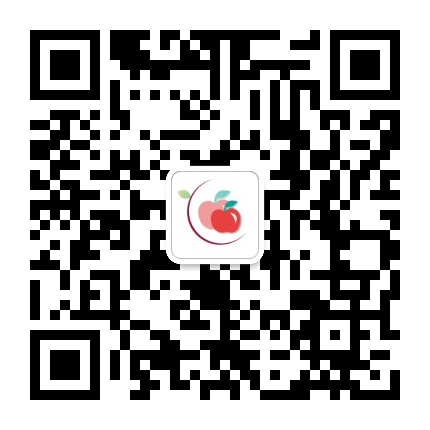iOS Signatures: How to Sign and Install Apps on Apple Devices
iOS signatures are a crucial aspect of installing apps on Apple devices. Apple has strict guidelines regarding app distribution, which requires developers to sign their apps with a valid certificate. Without a valid signature, users won’t be able to install apps on their devices. This article will provide a step-by-step guide to sign and install apps on Apple devices using iOS signatures. Let’s dive in!
Understanding iOS Signatures
An iOS signature is a digital certificate that verifies the authenticity of an app and its developer. The signature ensures that the app is free from malware and has not been tampered with. An iOS signature is required for all apps that are distributed through Apple’s App Store or through third-party channels.
How to Sign and Install Apps on Apple Devices
To sign and install apps on Apple devices, you’ll need a valid Apple Developer account. Here’s a step-by-step guide to sign and install apps on Apple devices using iOS signatures:
Step 1: Create a Certificate Signing Request (CSR)
The first step in signing an app is to create a Certificate Signing Request (CSR). A CSR is a piece of encrypted text that includes information about your organization. You can create a CSR using an app like Keychain Access on your Mac. Once you’ve created the CSR, upload it to the Apple Developer website.

Step 2: Create a Provisioning Profile
Once you’ve uploaded the CSR, you’ll need to create a Provisioning Profile. A Provisioning Profile is a digital certificate that enables your app to run on specific devices. You can create a Provisioning Profile on the Apple Developer website. Make sure to select the correct certificate and device identifier when creating the Provisioning Profile.
Step 3: Code Signing Your App
Next, you’ll need to code sign your app. Code signing refers to the process of adding your digital signature to the app. To code sign your app, open it in Xcode and select the project. Then, select the Build Settings tab, and under Code Signing, select your Provisioning Profile.
Step 4: Distribute Your App
Once you’ve signed your app, it’s ready to be distributed to end-users. You can distribute your app through the App Store, or you can distribute it through a third-party app store like Cydia. If you’re distributing your app through the App Store, you’ll need to submit it to the App Store review process and wait for approval.
Conclusion
In conclusion, iOS signatures are a critical aspect of installing apps on Apple devices. Without a valid signature, users won’t be able to install apps on their devices. By following the steps outlined in this article, you’ll be able to sign and install apps on Apple devices using iOS signatures. Keep in mind that Apple has strict guidelines regarding app distribution, so make sure to follow their guidelines to avoid any issues.



